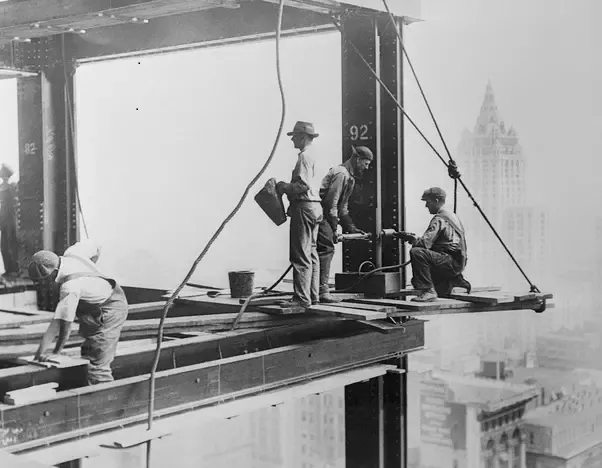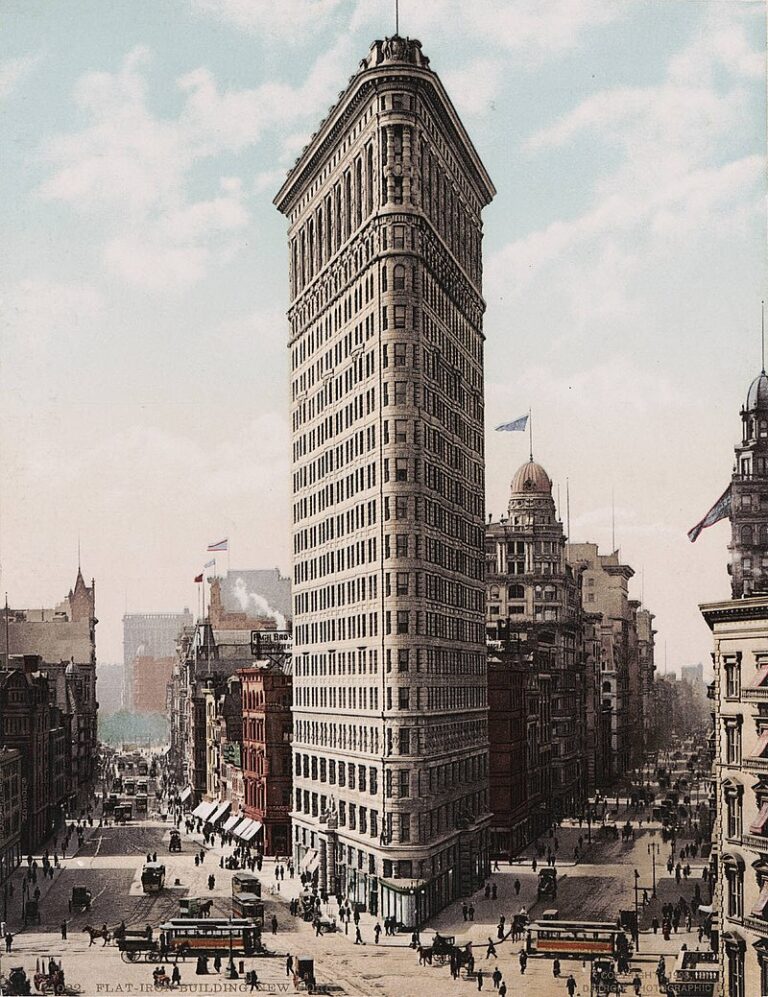Reaching for the Sky: A Chronicle of Early Skyscraper Construction
Reaching for the Sky: A Chronicle of Early High Rise Construction
In the modern urban landscape, skyscrapers dominate skylines, standing as symbols of progress, innovation, and human ambition. These towering structures represent the culmination of centuries of architectural evolution, engineering ingenuity, and sheer determination. However, the history of skyscrapers is not merely a tale of triumph; it is a saga filled with challenges, risks, and remarkable achievements. In this exploration, we delve into the origins of high-rise construction, examining the milestones, the safety concerns, and the enduring legacy of early skyscrapers that still grace cityscapes today.
The Rise of the Skyscraper:
The concept of building upwards to accommodate growing urban populations dates back to ancient civilizations, but it wasn’t until the late 19th century that the modern skyscraper emerged. The catalyst for this architectural revolution was the invention of the passenger elevator and advancements in structural steel, which allowed buildings to soar to unprecedented heights.
One of the earliest examples of high-rise construction is the Home Insurance Building, completed in Chicago in 1885. Designed by William Le Baron Jenney, this ten-story structure is often regarded as the world’s first skyscraper, as it utilized a steel skeleton frame to support its weight, rather than traditional load-bearing walls. Standing at 138 feet tall, it paved the way for taller, more daring constructions in the years to come.
Engineering Marvels and Safety Concerns:
As architects and engineers pushed the boundaries of vertical construction, they faced formidable challenges, particularly in ensuring the safety and stability of these towering edifices. Early skyscrapers were constructed using techniques and materials that seem rudimentary by today’s standards, leading to legitimate concerns about their structural integrity.
One of the most notorious examples of these safety concerns is the
construction of the Empire State Building in New York City during the
193 0s. Despite stringent safety regulations, the project claimed the
lives of several workers due to accidents and falls. The absence of
modern safety harnesses and rigging equipment meant that workers were exposed to considerable risks as they toiled hundreds of feet above the ground.
0s. Despite stringent safety regulations, the project claimed the
lives of several workers due to accidents and falls. The absence of
modern safety harnesses and rigging equipment meant that workers were exposed to considerable risks as they toiled hundreds of feet above the ground.
In fact, during the construction of the Empire State Building, known as one of the deadliest projects in history, the safety measures were minimal compared to today’s standards. Workers, known as “sky boys,” often worked without any safety harnesses or fall protection, risking their lives daily. Despite the risks, they continued to work diligently, relying on their skill and courage to navigate the treacherous heights.
Similarly, during the construction of the Woolworth Building in the early 20th century, workers faced perilous conditions without adequate safety equipment. The lack of safety regulations meant that falls were all too common, and tragic accidents occurred with alarming frequency.
Famous Early Skyscrapers Still Standing Today:
Despite the challenges they faced during construction, several early skyscrapers have stood the test of time, enduring as symbols of architectural innovation and historical significance. Among these iconic structures are:
The Woolworth Building (New York City): Completed in
1913, this Gothic-inspired masterpiece was once the tallest building in
the world. Designed  Designed by architect Cass Gilbert, its intricate terra
cotta facade and soaring pinnacle continue to captivate admirers to this
day.
Designed by architect Cass Gilbert, its intricate terra
cotta facade and soaring pinnacle continue to captivate admirers to this
day.
The Chrysler Building (New York City): With its distinctive Art Deco design and stainless steel crown, the Chrysler Building remains an emblem of 1930s glamour and industrial prowess. Standing at 1,046 feet tall, it held the title of the world’s tallest building for just eleven months before being surpassed by the Empire State Building.
The Flatiron Building (New York City): Completed in 1902, this triangular-shaped skyscraper is a beloved fixture of Manhattan’s skyline. Designed by Daniel Burnham, its innovative design was a testament to the creative possibilities of tall buildings in urban environments.
The Flat Iron Building
The Monadnock Building (Chicago): Constructed in two phases in 1891 and 1893, the Monadnock Building is a testament to the evolution of skyscraper design. Its first half, a load-bearing masonry structure, stands as a reminder of early high-rise construction techniques, while its later steel-framed addition foreshadowed the direction of future skyscraper development.
The Legacy of Early High Rise Construction:
The pioneering spirit and bold vision of architects, engineers, and builders who constructed these early skyscrapers laid the foundation for the modern skyline. Their innovations in structural design, materials, and construction techniques continue to shape the way we build and inhabit cities.
Moreover, the challenges and safety concerns encountered during the construction of these early skyscrapers prompted advancements in workplace safety regulations and engineering practices. Today, stringent safety protocols, state-of-the-art equipment, and rigorous training programs help mitigate the risks associated with working at great heights, ensuring the well-being of construction workers and the integrity of the structures they build.
In conclusion, the history of skyscrapers is a testament to human ingenuity, perseverance, and the relentless pursuit of progress. From humble beginnings to soaring heights, these iconic structures have transformed skylines and redefined the possibilities of architectural achievement. As we continue to push the boundaries of vertical construction, let us not forget the lessons learned from the early days of high-rise building and the remarkable legacy they have left behind.
——————————————————————————————————————————————
The Hercules Group of Companies encompasses a wide portfolio of products and services across 7 diverse companies.


